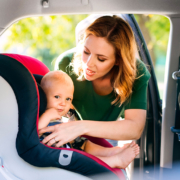
Article at a Glance
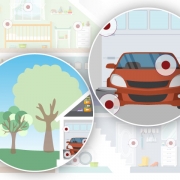
Article at-a-glance
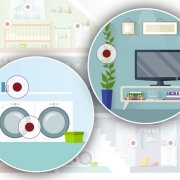
Article at-a-glance
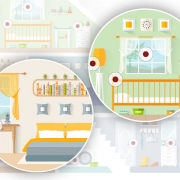
Article at-a-glance
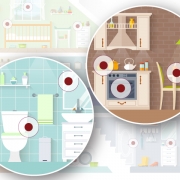
Article at-a-glance

Article at-a-glance

Article at-a-glance

Article at-a-glance

Wellness visits are often called preventive visits, well-child visits, or well-child checks. These visits: help assess your child’s growth and development provide opportunities for questions and discussion At these visits, your pediatrician will work with you to prevent developmental and health issues before they start, and provide immunizations to protect your child from serious preventable … Continue reading “Wellness Visit Schedule”
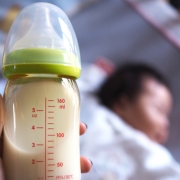
Breastmilk and properly mixed formula contain the perfect amount of water for your baby. Additional water is unnecessary and can be dangerous. As your baby advances to taking other foods, small amounts of water can be offered. Discuss this with your pediatrician at well-visits. When using water to mix formula, follow instructions on the can. … Continue reading “Water”